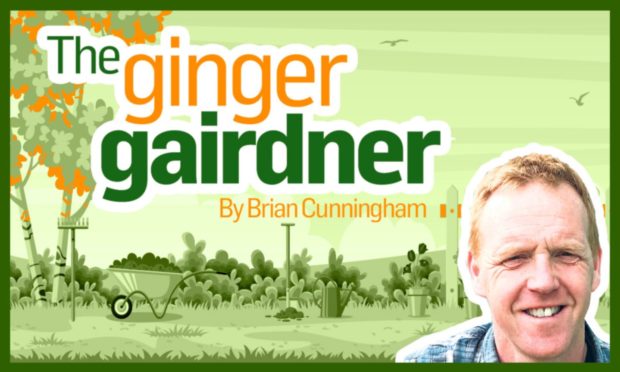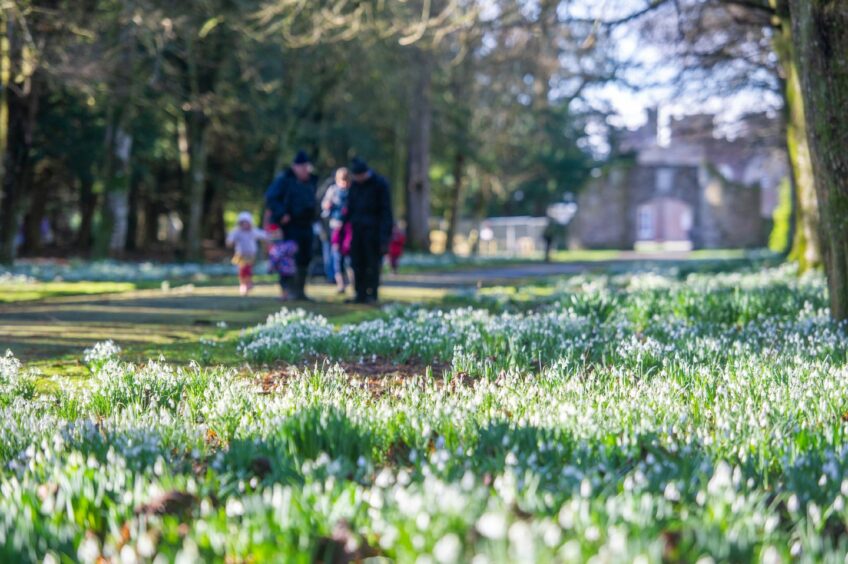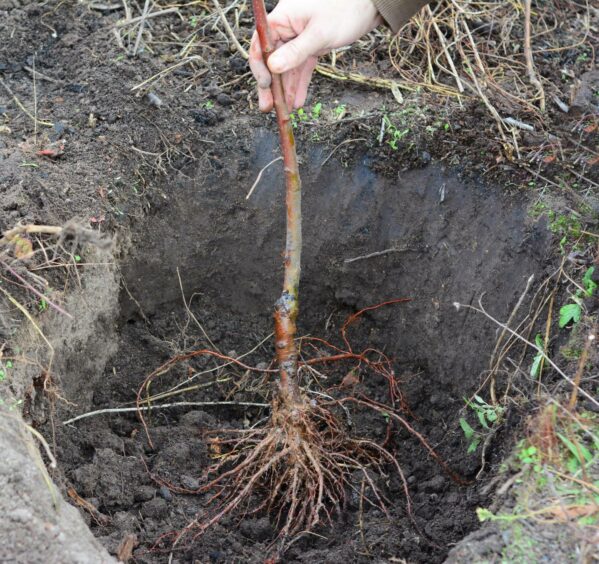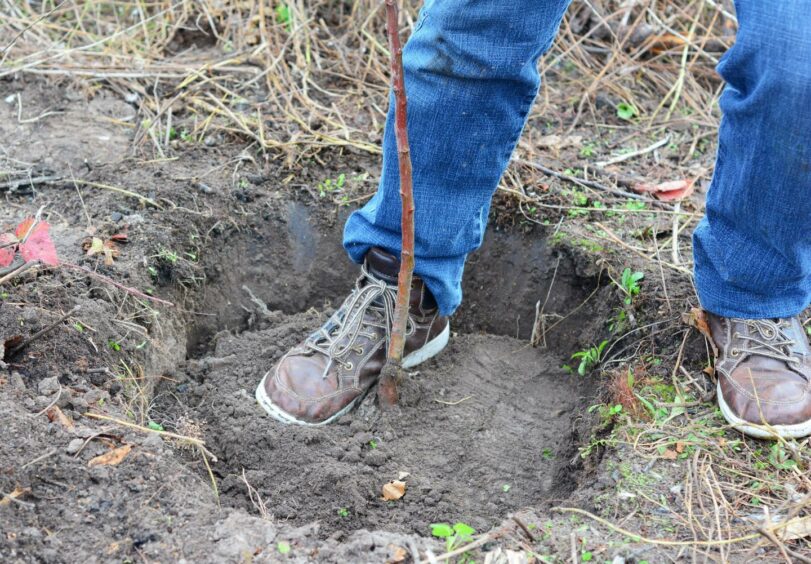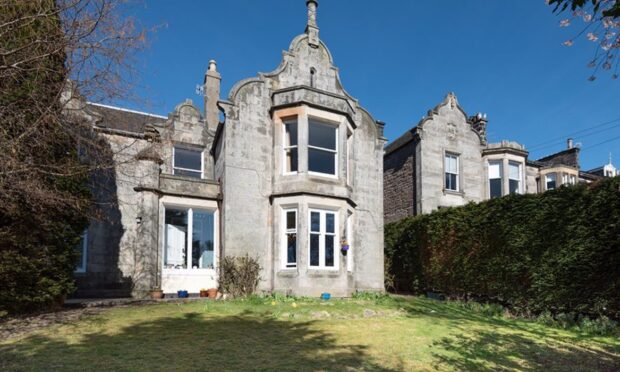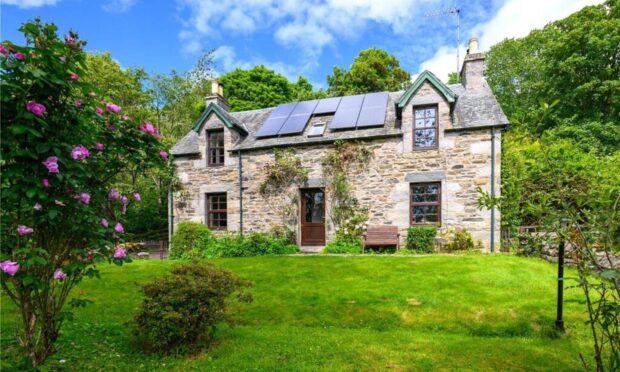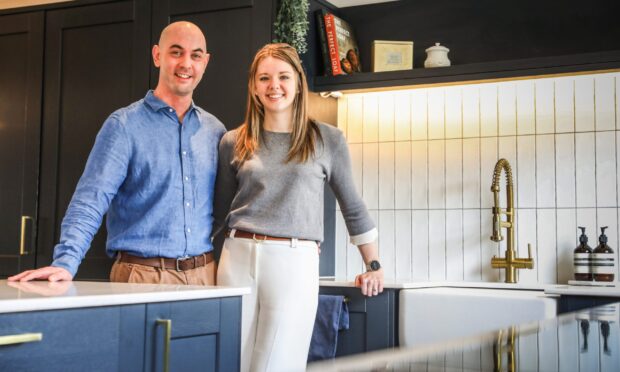There are three things in life guaranteed to put a smile on my face. Number one, spending time with my family. Two, enjoying a beautiful garden whether it’s one I’m working in or visiting. Three, saving myself a bit of cash.
Every February I must be the happiest man in the whole wide world because I get to do all three!
On top of the weekends there’s also a mid-term break this month allowing me to spend some extra quality time, doing something nice with the family.
At some point I’m sure I’ll be able to wangle a trip to a garden especially as now we’re into snowdrop season.
Our gardens are coming back to life again after a winter of battering winds and to celebrate we have the Snowdrop Festival organised by Discover Scottish Gardens.
Please visit their website to find a garden open near you. You’ll be blown away by some of the displays and the many different kinds of snowdrops you can get.
Finally, it’s bare-root season for plants. That means we can buy lots of plants for large projects at home such as tree, hedge or orchard planting at a cheaper price than you would expect.
The vast majority of plants that we buy from our local nurseries and garden centres come in containers.
Starting off from seeds or cuttings they are then grown on, requiring potting up into fresh compost, daily watering and regular feeding. This ultimately makes for nice, strong and healthy plants.
What bare-root plants are
Those us with a 6ft x 8ft glasshouse can fully appreciate just how much work that can be, particularly on those hot, sunny and windy days where container grown plants and hanging baskets dry out quickly.
The price we pay for them reflects the efforts required from the men and women in our plant nurseries to grow them.
As the name suggests, plants that are bare-rooted are supplied with no soil attached after being grown in open ground.
There may be additional feeding and irrigation required during the growing season but not to the same leve. This makes production costs cheaper.
As long as the soil is ‘open’ ie not frosty and also not too wet or waterlogged, then a plant grown in a container can pretty much be planted at any time of the year, giving them an advantage over bare-rooted.
Digging up plants and moving them can only be done when they are sleeping over the winter months, so this method has a limited window from November to March.
Since the plants are cheaper to produce and, with less weight, also cheaper to ship, larger dream garden projects and individual purchases become far more affordable.
This means they are more likely to become a reality.
Buying plants on impulse
Quite often when I buy a plant it’s on impulse, and when I get home I find I actually don’t have the room for it. Either that or I need to do a bit of work to make the space.
As there is compost around the roots supplying food, moisture and protection, I know I can quite safely leave them growing away in their pot for a few more weeks outside my glasshouse. As long as I don’t forget to water them that is!
You won’t get away with that with your bare-rooted plants. They need to be put back into the ground as soon as you get them.
A bit of advance ground preparation is key so you are good to go as soon as your new prized possessions arrive.
Chances are when you receive the plants you bought online or collected from the garden centre, they will come to you with the roots inside a bag.
This is to protect them, most importantly stopping them from drying out. If that happens it could kill your plant.
Getting a bare-root plant
It’s a good idea to soak the roots in a bucket of water for a good hour before planting.
If I do have a short delay then I keep the plants in the bag and use one of those hand held misters give the roots a wee spray daily, to stop them drying out.
If you can’t get on with planting and this means a longer delay, then they can be ‘heeled in’ to the ground.
This means digging out a trench which has around a 45 degree angle on one side.
Gardeners do this to stop taller plants being blown over, and out of the ground.
Look for the nursery mark
If we get really delayed then having the plant at this angle also slows the sap down, delaying its growth.
Plants are laid with the roots at the bottom of the trench then covered with soil for that extra protection until good to go.
When it comes to planting, prepare the planting hole or trench in advance.
Near the bottom of the plant just before the roots, look out for where the wood changes colour.
This is called the ‘nursery mark’ and is where the soil level should be when you replant, just as it was growing in the nursery.
